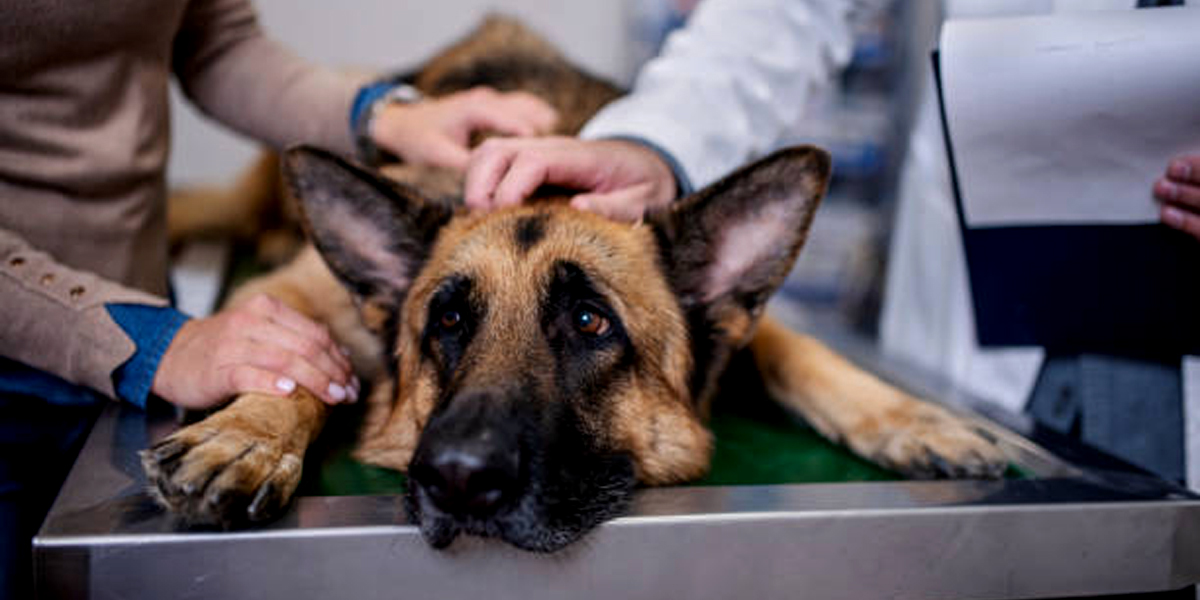
PGSDC Blogs
Introduction:
Canine distemper virus (CDV) is a highly contagious and potentially fatal viral infection that affects a wide range of domestic and wild carnivores, including dogs. This devastating virus can lead to a variety of symptoms and complications, making it crucial for dog owners to be aware of its dangers, recognize its signs, and take proactive steps to prevent its spread. In this blog, we will delve into the world of canine distemper virus, shedding light on its impact and how to safeguard your canine companion.
*The Menace of Canine Distemper Virus:*
Canine distemper virus is caused by a paramyxovirus that affects the respiratory, gastrointestinal, and nervous systems of dogs. The virus is highly contagious and spreads through airborne exposure to respiratory secretions, such as coughing and sneezing. Puppies and dogs with weakened immune systems are particularly susceptible to CDV.
*Recognizing the Symptoms:*
Symptoms of canine distemper virus can vary in severity and may include:
1. *Fever:* Infected dogs often have a high fever, which is one of the initial signs of the disease.
2. *Respiratory Issues:* Dogs may develop coughing, nasal discharge, and labored breathing.
3. *Gastrointestinal Distress:* Vomiting, diarrhea, and loss of appetite are common symptoms.
4. *Neurological Symptoms:* As the virus progresses, dogs may experience seizures, muscle twitching, and incoordination.
5. *Ocular Signs:* Distemper can also lead to eye inflammation and discharge, giving affected dogs a characteristic "squinty" appearance.
6. *Behavioral Changes:* Infected dogs may exhibit changes in behavior, such as depression, lethargy, or aggressiveness.
*Preventing Canine Distemper Virus:*
Prevention plays a vital role in controlling the spread of canine distemper virus. Here are some essential measures to protect your furry friend:
1. *Vaccination:* Timely and proper vaccinations are the cornerstone of preventing CDV. Puppies should receive a series of vaccinations starting at 6-8 weeks of age, with booster shots as recommended by a veterinarian.
2. *Isolation and Quarantine:* If you suspect your dog is infected or has been exposed to the virus, isolate them from other dogs and seek veterinary care immediately. Quarantine measures are essential when introducing new dogs into your household.
3. *Hygiene and Sanitation:* Practice good hygiene by cleaning and disinfecting areas where infected or potentially infected dogs have been. Wash your hands thoroughly after handling dogs, especially if you have been around other animals.
4. *Avoid Wildlife Interaction:* Dogs can contract distemper from wildlife carriers. Minimize your dog's exposure to wild animals to reduce the risk of infection.
5. *Boost Immunity:* Ensure your dog is in good overall health with a balanced diet, regular exercise, and proper veterinary care to help maintain a strong immune system.
Conclusion:
Canine distemper virus poses a serious threat to dogs and other carnivores. Understanding its transmission, symptoms, and preventive measures is crucial for every dog owner. By staying informed, ensuring proper vaccinations, practicing hygiene, and taking precautionary steps, you can significantly reduce the risk of your canine companion contracting this dangerous virus. A proactive approach to the canine distemper virus is essential to safeguard the health and well-being of your beloved furry friend.

